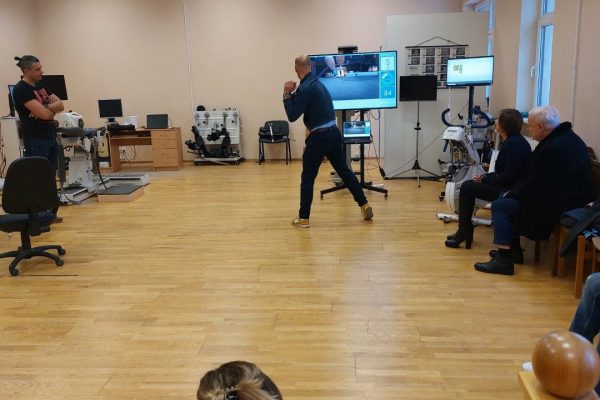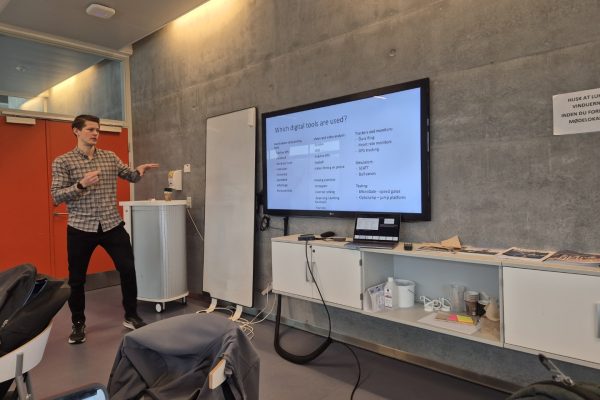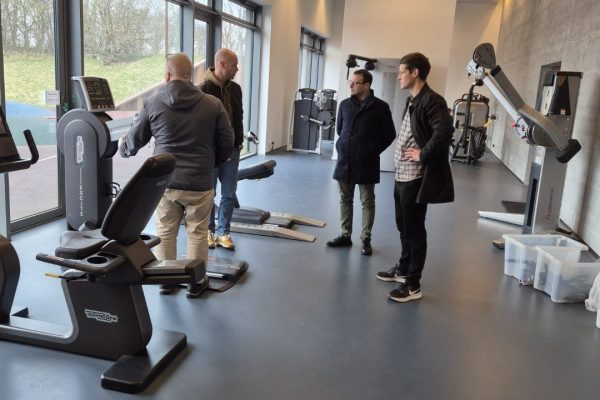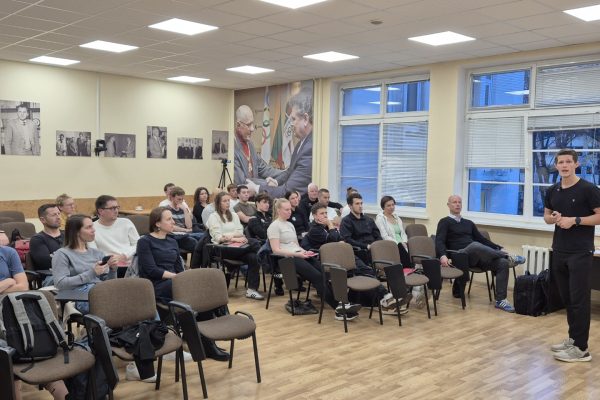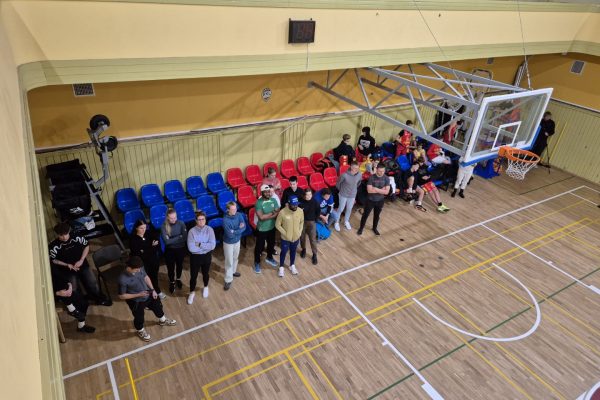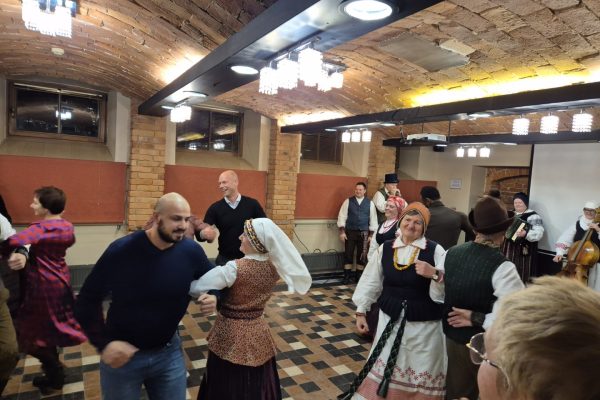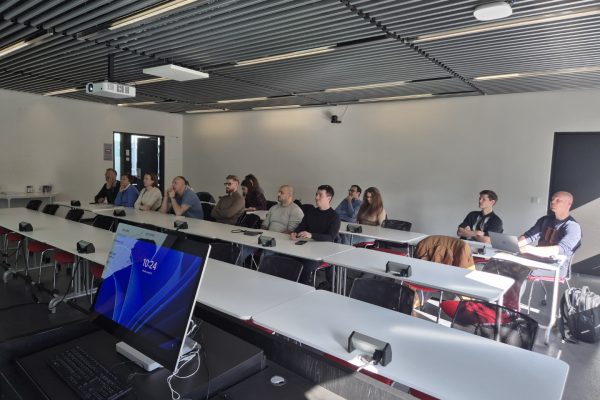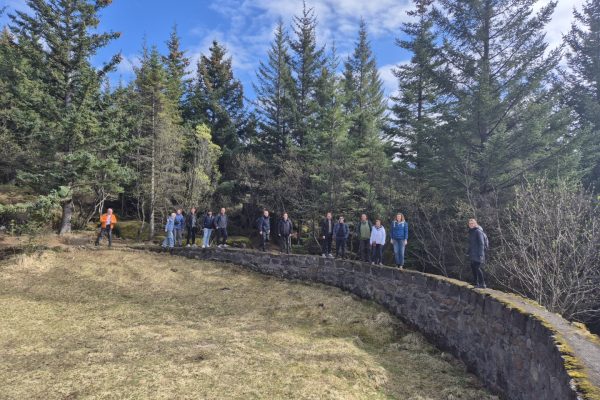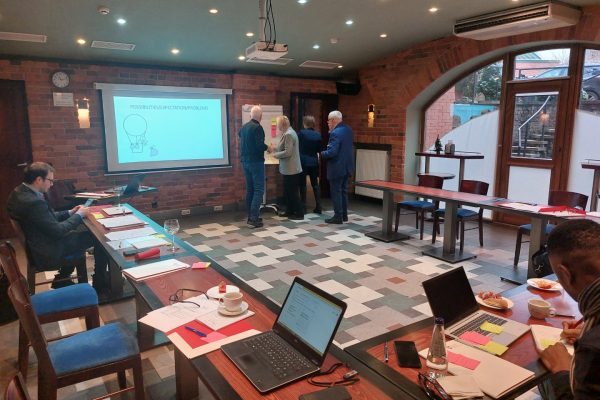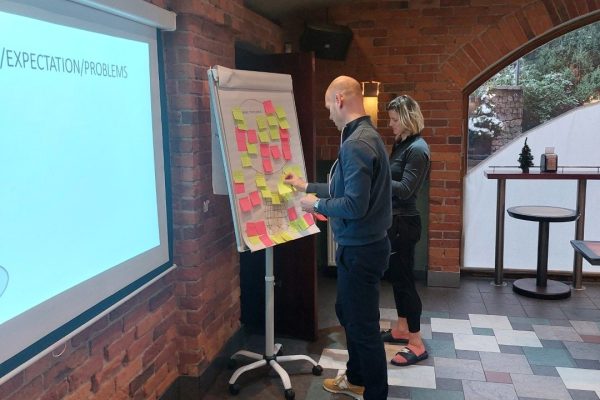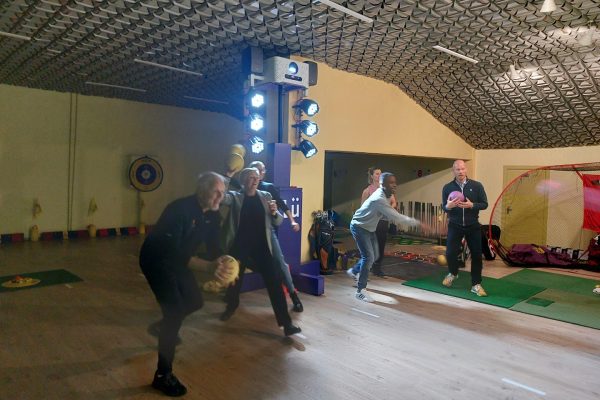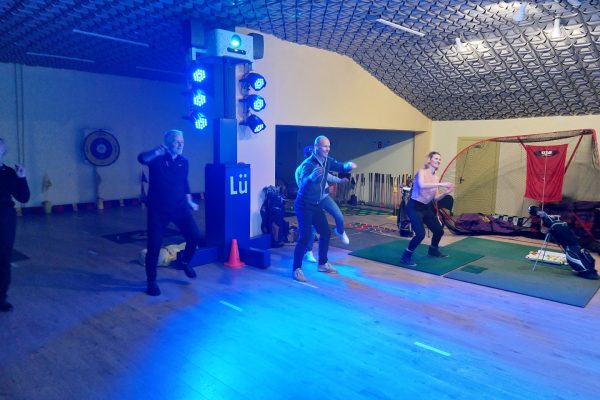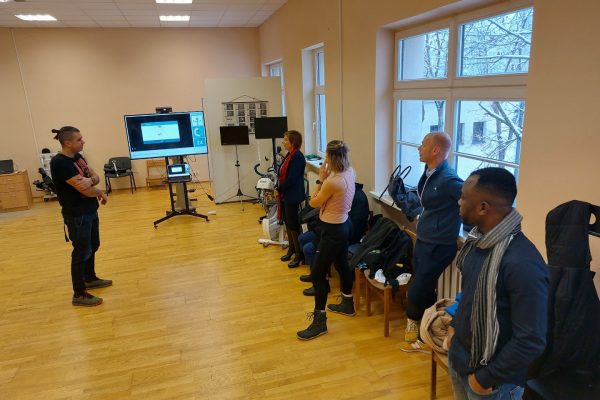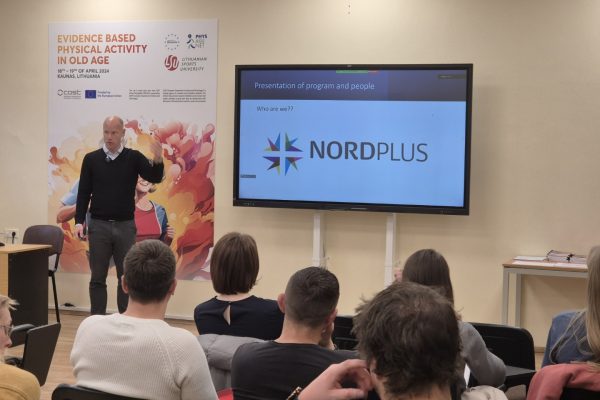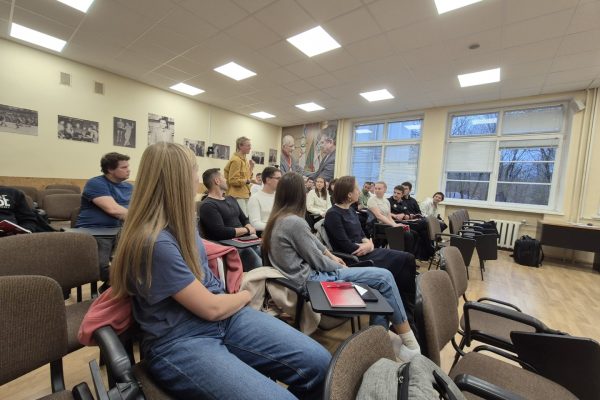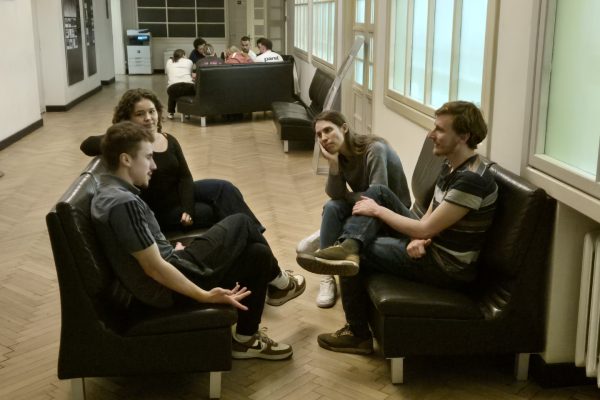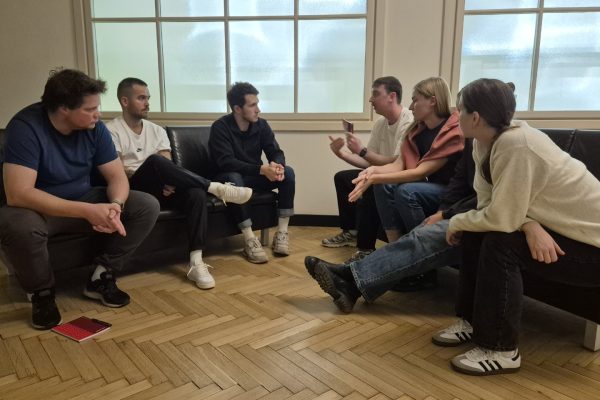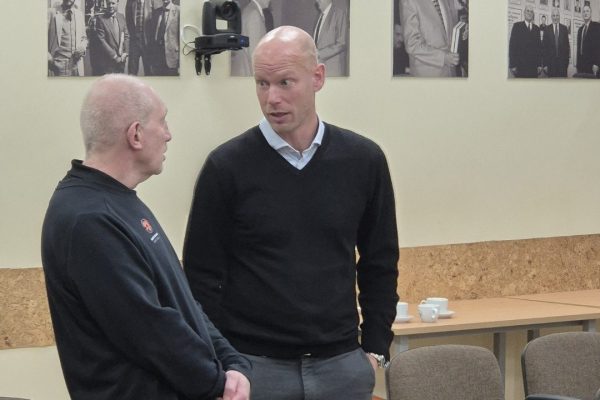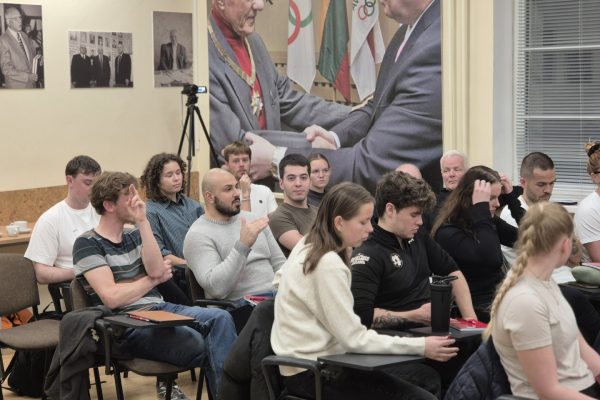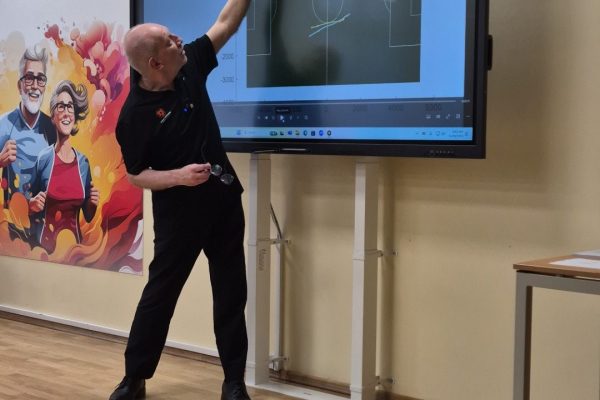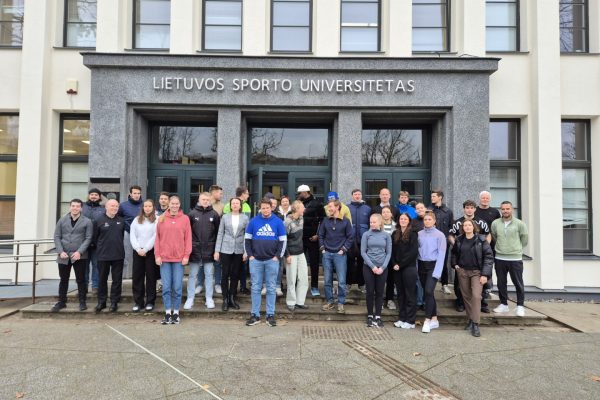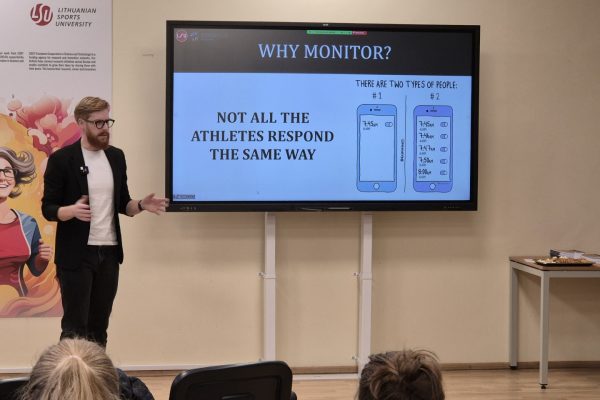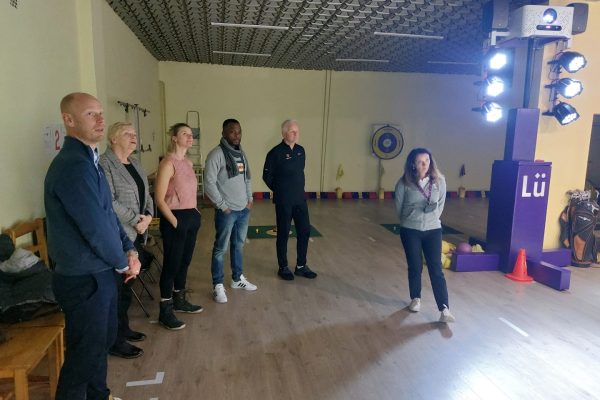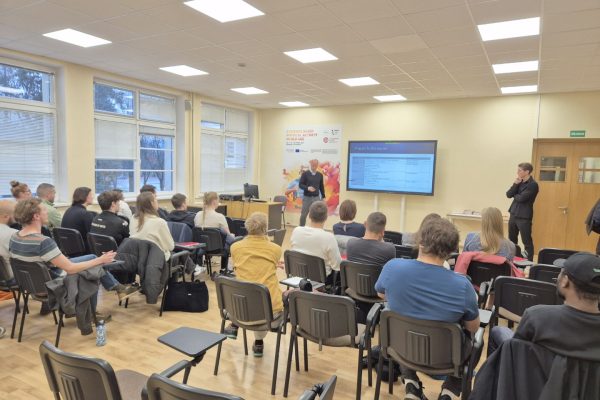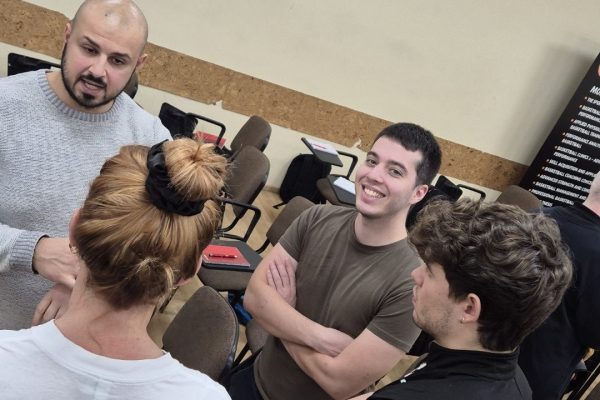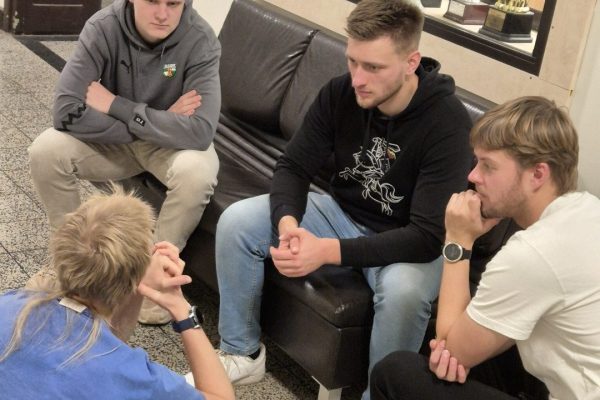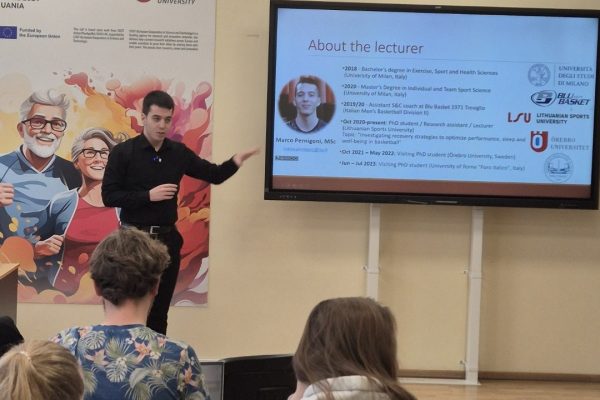Advances in technology have provided new possibilities for coaches to improve their coaching modalities. Overall, this digitalization process was and is strongly necessary during the Covid-19 pandemic period, in which coaches are challenged in changing their regular coaching ways towards new modalities including technologies. Home-based activities supervised by coaching staff through the use of web-based platforms or video-based lessons have been an important factor since the beginning of the Covid-19 pandemic to maintain the physical activity level and continuing monitor, and increasing sport performance.
Moreover, the use of technologically advanced coaching methodologies could increase the coach-athlete and between-athlete interactions trying to keep the social aspect of coaching. Furthermore, newly created apps might play a crucial role in monitoring athlete sport activities and the coaching process, and in turn potentially increase athlete and coaches’ motivation. Their motivation can also be enhanced through the use of new form of technologies such as virtual reality, mixed reality, augmented reality, exergaming, which can offer new form of interactive training that can be included into the traditional coaching process. While strengthening the Nordic-Baltic Sports Coaching network we look for new partners to be involved and enhance the knowledge of young and more experienced coaches. In last few periods of the projects, the Network focused on the development of coaching skills and competences by creating new study modules, and practical courses embracing several aspects of the coaching process including psychological, social, pedagogical and methodological areas. Overall, the digitalization process can be considered as a facilitator to increase all the above-mentioned areas in the coaching process.
However, the use of digitalization is quite challenging for coaches for many potential reasons: 1) education attained long time ago; 2) differences in the needs and skills of modern-day athletes and kids compared to previous generations; 3) between-coaches difference in technological competences; 4) the ability to manage the huge amount of information received by new technological tools. These are important topics to be considered in sports coaching, which can help coaches to update their knowledge and advance in their everyday work. Therefore, the aim of this project is to have a full understanding of the coaching knowledge and expectation about digitalization for the coaching process, and to offer scientifically-based knowledge about digitalization opportunities in the coaching process through the creation of new shared e-learning modules and theoretical, as well as practical seminars for Nordic Baltic countries.
The project duration is three years. Activity period 09/2022 – 06/2025
Total budget is 186 050 EUR
The amount funded by Nordplus: 92 940 EUR

